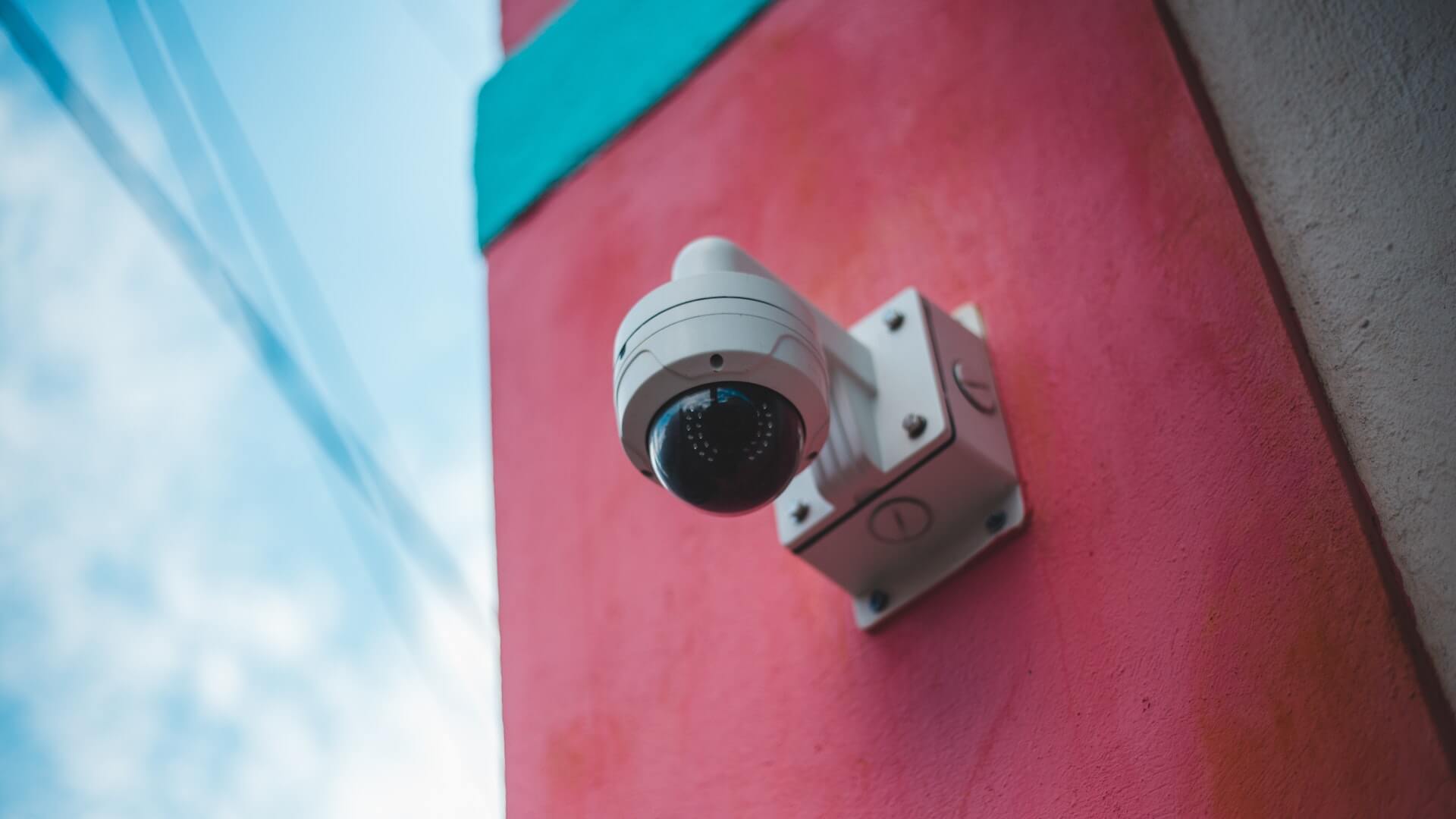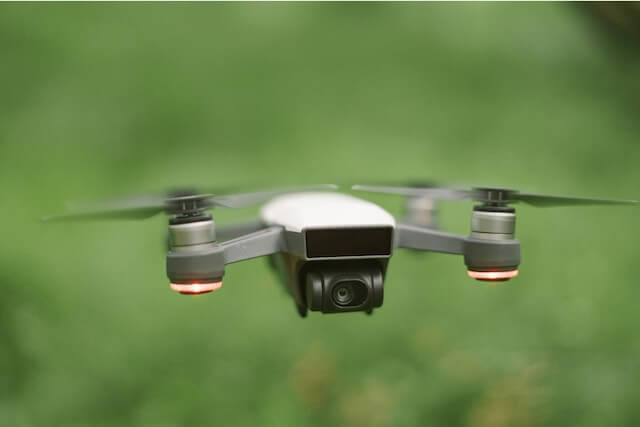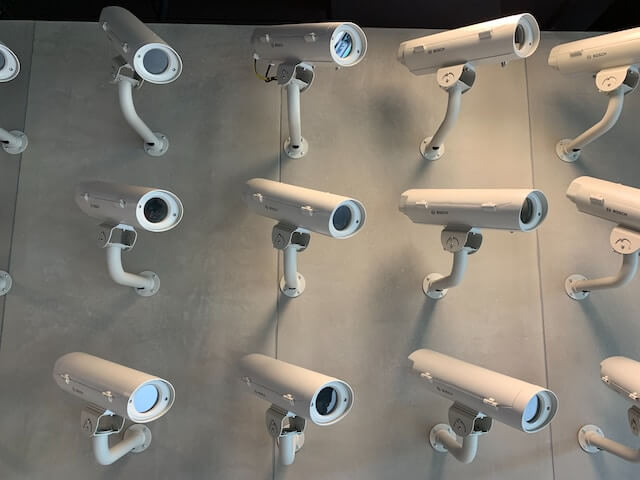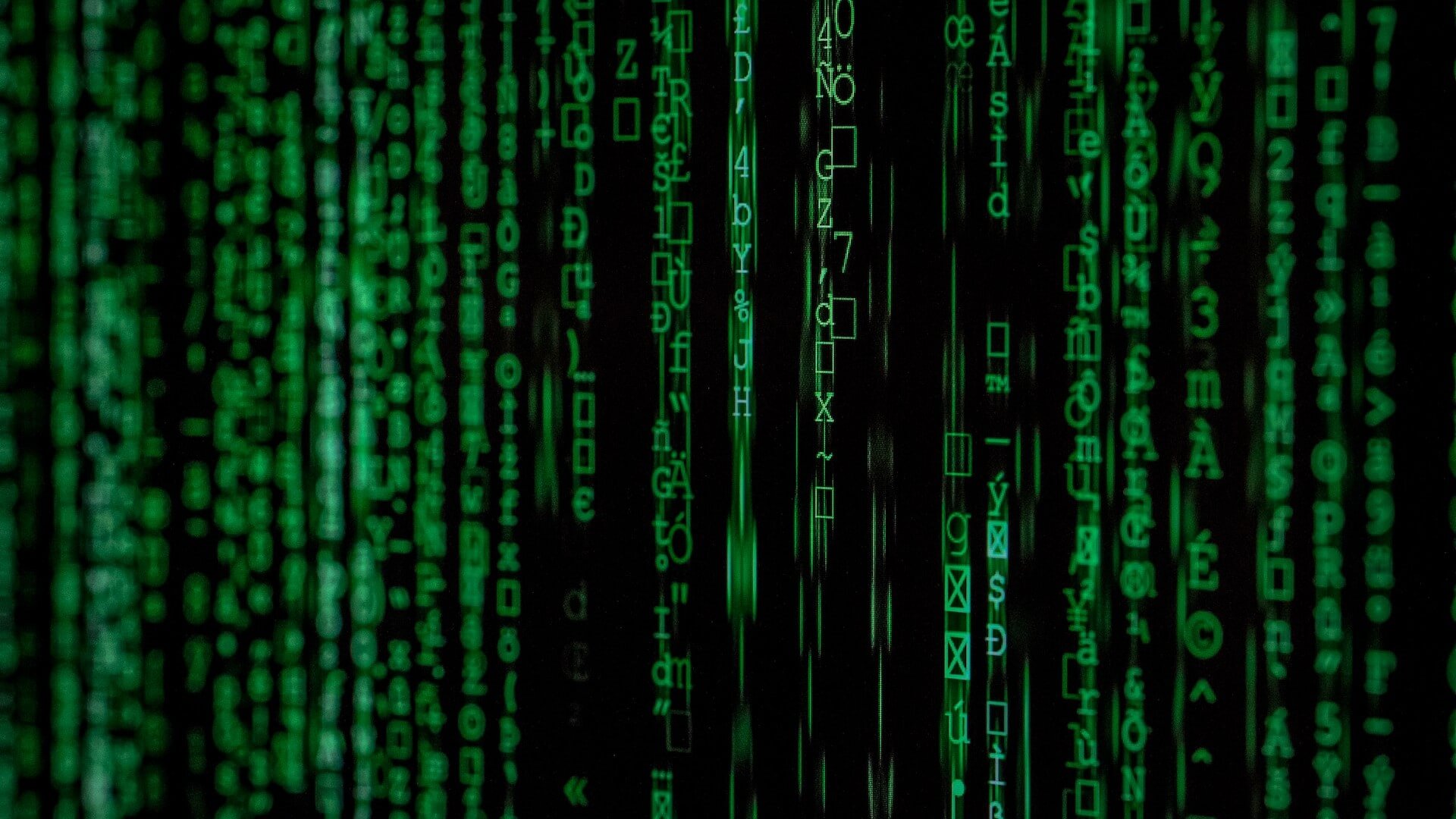
The camera is one of the masterpieces of modern technology and it is well known for its wide range of applications in photography, video recording, surveillance, etc. However, have you ever wondered how a camera works? Let's unravel the mystery of the camera and explore its exquisite working principle.
The working principle of a camera can be divided into four key steps: optical imaging, electrical signal conversion, digital signal processing and image output.
First, optical imaging is the foundation of the camera. The optical part of a camera includes the lens and the aperture. The lens is the core of the optical system, which maps the scene being captured onto the camera's image sensor by reflecting or refracting light. The design and quality of the lens determines the sharpness and color reproduction of the image. The aperture controls the amount of light entering the lens, affecting exposure and depth of field, enabling the camera to adapt to different environments and shooting requirements.

Second, electrical signal conversion is the key working process of the camera. The image sensor is the core component of the camera, commonly known as CMOS (complementary metal oxide semiconductor) and CCD (charge-coupled device) sensors. When light enters the sensor through the lens, the sensor's light-sensitive unit converts photons into electrical charges and converts them into electrical signals. CMOS sensors have the advantages of low power consumption and high integration, while CCD sensors have certain advantages in terms of image quality.
The next step is the digital signal processing link. The electrical signal generated by the sensor needs to go through a series of digital signal processing steps to improve the image quality and reduce the data size. These steps include signal amplification, noise filtering, color processing, and image compression. Signal amplification enhances the detail and contrast of the image, while noise filtering reduces the interference in the image. Color processing makes the image more realistic by adjusting parameters such as color saturation, contrast and hue. Finally, image compression compresses image data to a smaller size for more efficient storage and transmission.
The last key step is image output. After digital signal processing, the image can be output through various interfaces, such as USB, HDMI or wireless networks. In this way, the image can be transferred to a monitor, computer or other device for viewing, storage or transmission. The camera can also have other features such as autofocus, optical stabilization, face recognition, etc. The images are further processed and optimized by software algorithms.

Overall, the camera converts light information into electrical signals through optical imaging and outputs it as an observable image after digital signal processing. In this process, the optical part is responsible for focusing and transmitting light to the image sensor, the sensor converts photons into electrical signals, and the digital signal processing optimizes and compresses the electrical signals for the final output as a digital image. The synergy of these steps allows the camera to capture real-world scenes and present them to us as images.
A deeper understanding of how cameras work is essential for us to make better use of their capabilities and performance. Whether it is for capturing and sharing in everyday life or for applications in security, healthcare, transportation, etc., cameras play an important role. As technology continues to evolve, we can expect higher resolution, more accurate image capture capabilities and more innovative application scenarios to emerge, bringing us more convenience and a better experience.






